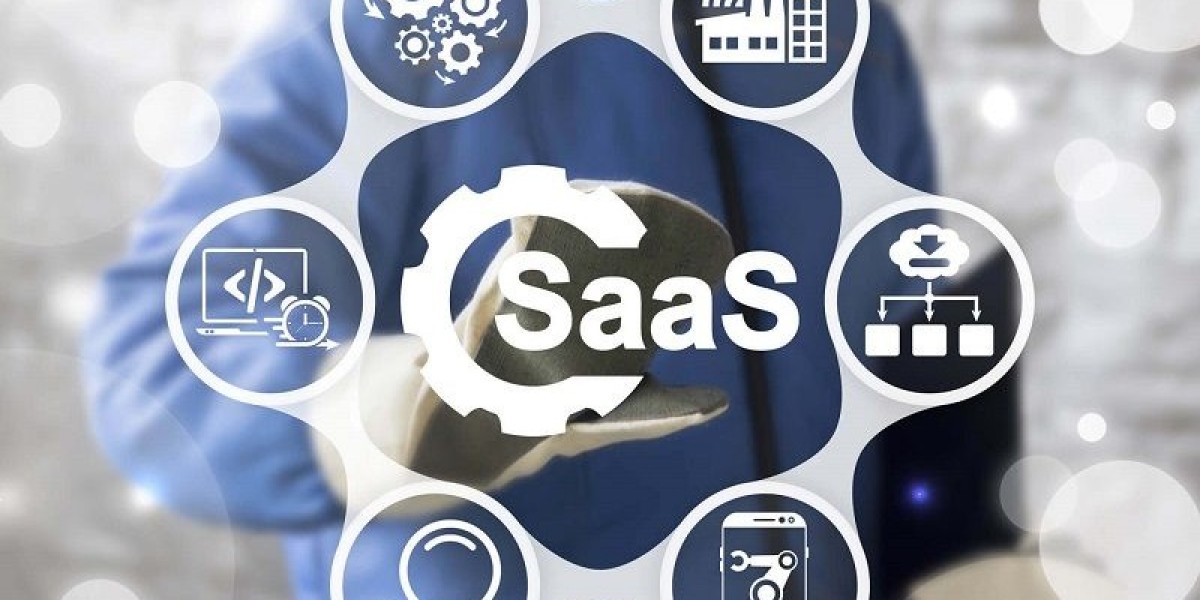The cloud computing landscape has undergone rapid evolution in recent years, with Software as a Service (SaaS) emerging as a dominant model for delivering software applications over the internet. As businesses increasingly rely on cloud-based solutions to streamline operations, improve efficiency, and drive innovation, SaaS development strategies continue to evolve to meet the demands of modern enterprises. In this blog, we'll explore cutting-edge SaaS development strategies that are driving innovation in the cloud computing industry, providing insights into how businesses can leverage these strategies to build scalable, resilient, and user-centric SaaS applications. SaaS development agency like softnix which help you to make your applications.
Understanding Software as a Service (SaaS)
What is SaaS?
Software as a Service (SaaS) is a cloud computing model that delivers software applications over the internet on a subscription basis. With SaaS, users can access applications from any device with an internet connection, eliminating the need for on-premises infrastructure and software installations. SaaS applications are typically hosted and maintained by third-party providers, who handle updates, security, and scalability, allowing businesses to focus on their core competencies.
Key Benefits of SaaS
Scalability: SaaS applications can easily scale to accommodate growing user bases and workload demands, thanks to the elasticity of cloud infrastructure.
Cost-Efficiency: SaaS eliminates the need for upfront investments in hardware and software licenses, reducing IT costs and allowing businesses to pay only for the resources they use.
Accessibility: Users can access SaaS applications from anywhere with an internet connection, enabling remote work, collaboration, and productivity.
Automatic Updates: SaaS providers handle software updates and maintenance, ensuring that users always have access to the latest features and security patches.
Cutting-Edge SaaS Development Strategies
Microservices Architecture
Microservices architecture is a software development approach that structures applications as a collection of small, loosely coupled services. Each service is designed to perform a specific function, such as user authentication, data processing, or payment processing, and communicates with other services via APIs (Application Programming Interfaces). Microservices offer several advantages for SaaS development, including:
Scalability: Microservices can be independently scaled based on demand, allowing for greater flexibility and resource efficiency.Resilience: Isolating services reduces the impact of failures, ensuring that a single service outage doesn't affect the entire application.
Agility: Microservices enable rapid development and deployment of new features, as each service can be developed, tested, and deployed independently.
Serverless Computing
Serverless computing, also known as Function as a Service (FaaS), abstracts away the underlying infrastructure, allowing developers to focus on writing code without worrying about managing servers. In a serverless architecture, applications are composed of small, event-driven functions that are triggered by specific events, such as HTTP requests or database changes. Serverless computing offers several benefits for SaaS development, including:
Cost-Efficiency: With serverless, developers only pay for the compute resources used by their functions, leading to cost savings compared to traditional server-based architectures.
Automatic Scaling: Serverless platforms automatically scale functions in response to changes in workload, ensuring optimal performance and resource utilization.
Simplified Operations: Serverless platforms handle infrastructure provisioning, scaling, and maintenance, reducing the operational overhead for developers.
AI and Machine Learning Integration
Integrating artificial intelligence (AI) and machine learning (ML) capabilities into SaaS applications can unlock new opportunities for automation, personalization, and predictive analytics. AI and ML algorithms can analyze large datasets, extract insights, and make intelligent predictions to enhance user experiences and drive business outcomes. Common use cases for AI and ML in SaaS development include:
Natural Language Processing (NLP): Analyzing and understanding text data for sentiment analysis, chatbots, and language translation.
Recommendation Systems: Personalizing content, product recommendations, and search results based on user preferences and behavior.
Predictive Analytics: Forecasting trends, identifying patterns, and making data-driven decisions to optimize business processes and outcomes.
Future Trends and Considerations
Edge Computing and IoT Integration
As the proliferation of IoT devices continues to grow, edge computing is emerging as a critical enabler for processing and analyzing data closer to the source. Integrating edge computing capabilities into SaaS applications can enable real-time data processing, reduce latency, and enhance privacy and security. SaaS developers should consider how edge computing can complement their applications and unlock new use cases in industries such as manufacturing, healthcare, and smart cities.
Blockchain Technology for Data Security and Integrity
Blockchain technology offers decentralized, immutable, and transparent data storage and verification, making it an attractive option for ensuring data security and integrity in SaaS applications. By leveraging blockchain-based solutions for identity management, data sharing, and smart contracts, SaaS developers can enhance trust, transparency, and accountability for their users. As blockchain technology matures and adoption grows, SaaS developers should explore its potential applications and integration possibilities.
Conclusion
As businesses increasingly rely on cloud-based solutions to drive digital transformation and innovation, SaaS development strategies continue to evolve to meet the demands of modern enterprises. By leveraging cutting-edge technologies such as microservices architecture, serverless computing, AI and machine learning, edge computing, and blockchain, SaaS developers can build scalable, resilient, and user-centric applications that deliver value to customers and drive business success in an increasingly competitive market. As the cloud computing landscape continues to evolve, SaaS developers must stay informed about emerging trends and technologies to stay ahead of the curve and deliver innovative solutions that meet the evolving needs of their users








